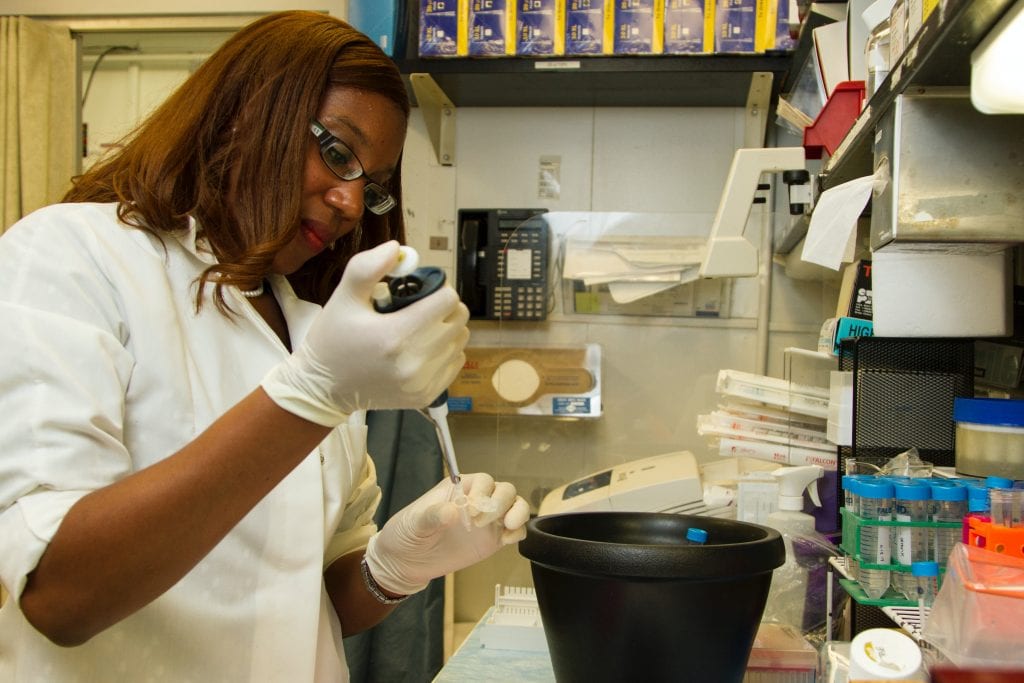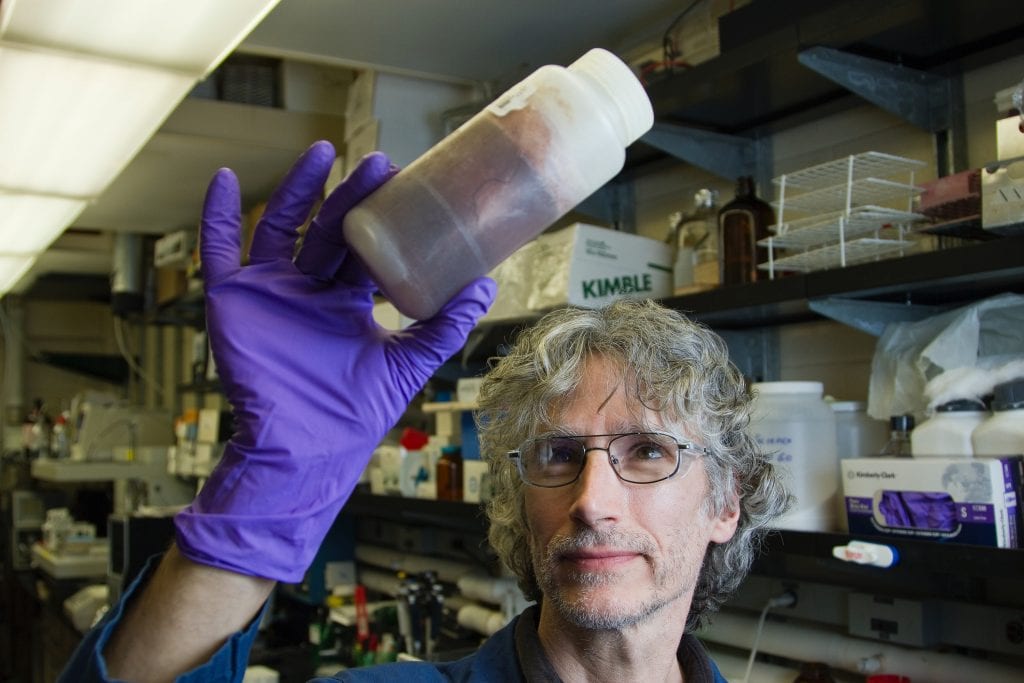Understanding Genetic Engineering
Genes are able to be manipulated. This is called genetic engineering. Ordinarily, genetics is the study of genes, examining their relationship to a given organism. Genes play an important role when it comes to passing down traits to their offspring. This principle applies to both plants and animals. Like any other engineering process, genetic engineering seeks to break down and restructure objects. In this case, genes. It’s also called bioengineering or gene editing. Gene editing means altering the genetic structure of a living thing. Because of advancements in scientific technology in the past decade, simply put, you can pick a gene, and add it to the DNA of another being.

Genetic modification can obviously correct imperfections or remove cells that may cause terminal diseases in plants or animals. Specific genes may also be added to correct these problems. When this happens, any reproduction from the genetically modified organism (GMO) will carry the edited genes.
The process
First, find the gene. It involves the selection of the genetic component from a given organism called, the donor. For example, a genetic engineer may try to pass genes responsible for hairiness from a hairy cat to another who isn’t. He would first find that gene in the donor cat and isolate it.

Finding the needed gene is often difficult, so scientists usually make clones when they finally do. These clones are stored up, sometime frozen, for future use. The next step would be to put the carefully plant the genes inside of the beneficiary. Usually, genetic engineers will bind the gene to a microorganism, and then introduce that microorganism into the recipient’s body. In the final stages, what’s left is to monitor the growth of that gene in the GMO.
